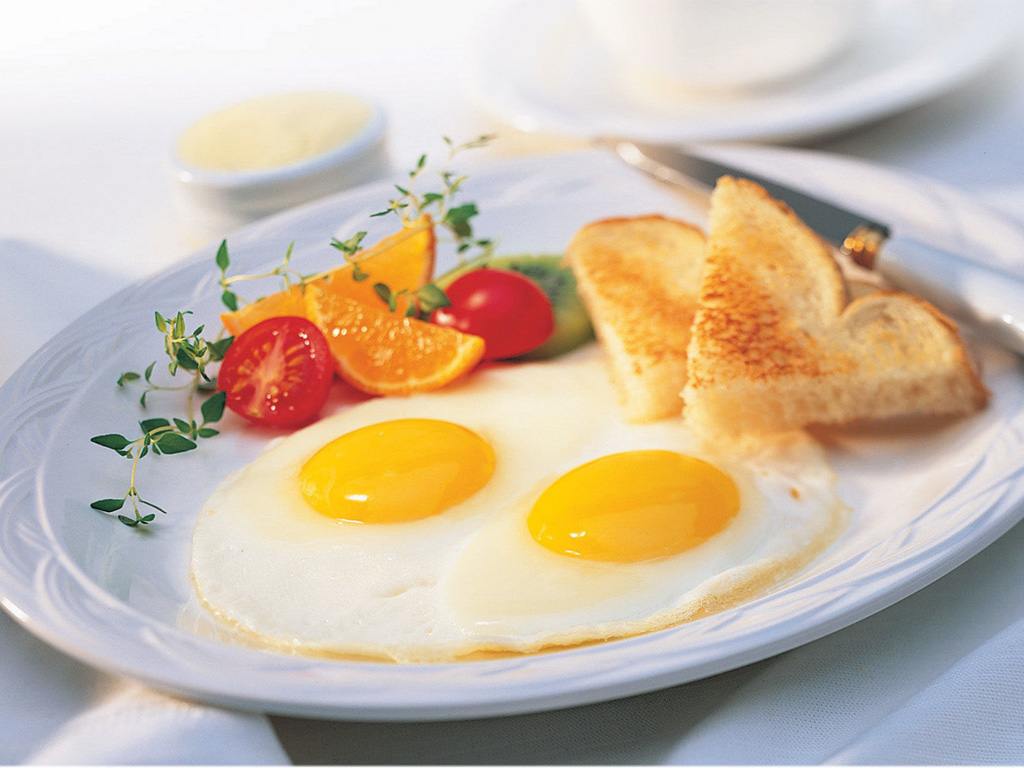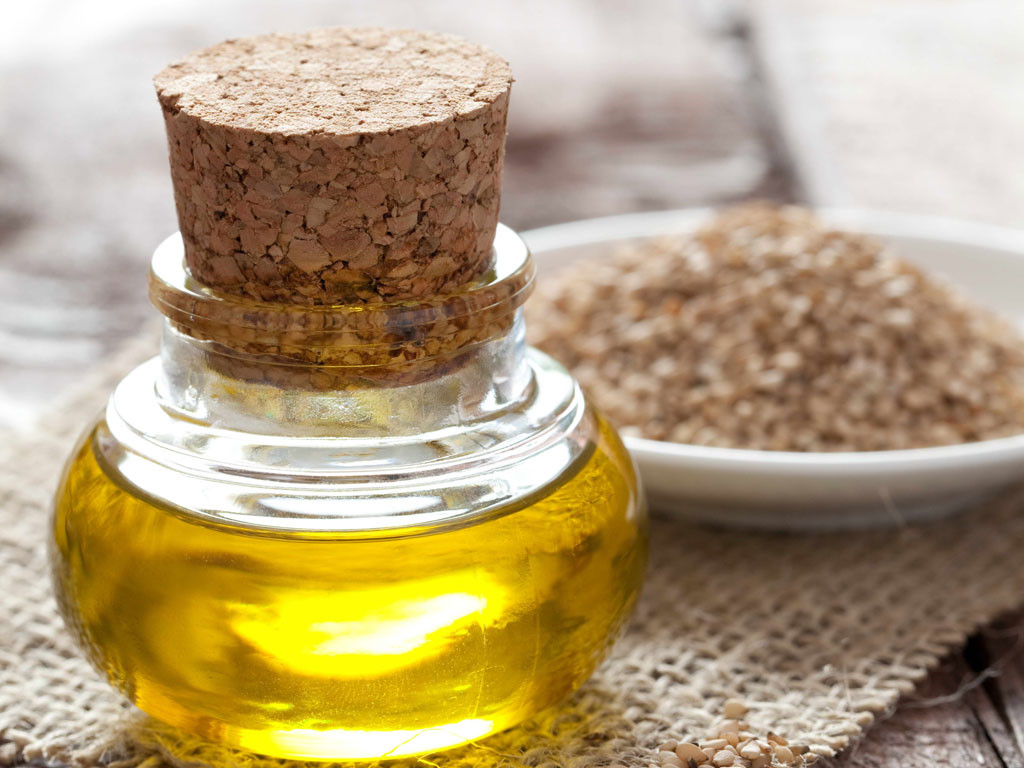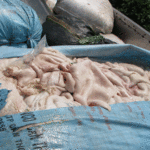Here are some small tips to distinguish chemically treated fruits from naturally ripened fruits.
Durian: Fully ripe durian can be easily separated by hand, has a very distinctive fragrance and large thorns. But pressurized ripe durian requires a new knife to separate, tastes very bland and does not have a distinctive fragrance, the thorns on the durian are still small and not fully bloomed.
Banana: Chemically treated bananas have a shiny yellow color, feel powdery on the outside, green stems, black flesh, and taste starchy.

related news
Morning habits for quick weight loss
Excess weight and obesity increase the risk of heart disease, high blood pressure, and diabetes. To effectively lose weight, you should maintain the following healthy habits in the morning.
Jackfruit: Natural ripe jackfruit has rough skin, dark black color, large blooms, sparse thorns, even color, light yellow in the middle, sweet and fragrant taste. Pressurized ripe jackfruit has green outer skin, sharp thorns, not fully bloomed; inside is yellow from the core to the fiber, the flesh is slightly starchy.
Mango: Do not buy mangoes with green or light green outer skin, but ripe yellow flesh, many fruits have white or brown spots on the outer skin because these are mangoes artificially ripened with chemicals.

related news
Quick and effective trick for unlocking a code lock
Code lock locking is caused by sudden tightening of the rectus muscle and it causes discomfort and annoyance to the person.
Lychee: Typically sprayed with sulfur for preservation, so it has an even color shell, beautiful gloss, round and plump, without a natural rough layer, when eaten the flesh is crunchy, firm, and has no characteristic sweet taste.
Rambutan: When buying rambutans, check the small fruits, if they look like they have been left long and withered, when the fruit is split there will be a lot of water flowing out, the flesh layer has signs of being spongy, it is not recommended to buy.

related news
Experts guide on how to soothe knee pain with lime and sesame oil
Health experts suggest how to treat knee pain with natural ingredients including lime and a spoonful of sesame oil.
Longan: Only ripe longan has a black color, the skin is easily peeled, the flesh is clear, sweet, aromatic and the tongue can feel the juice when eating.
You may also like











